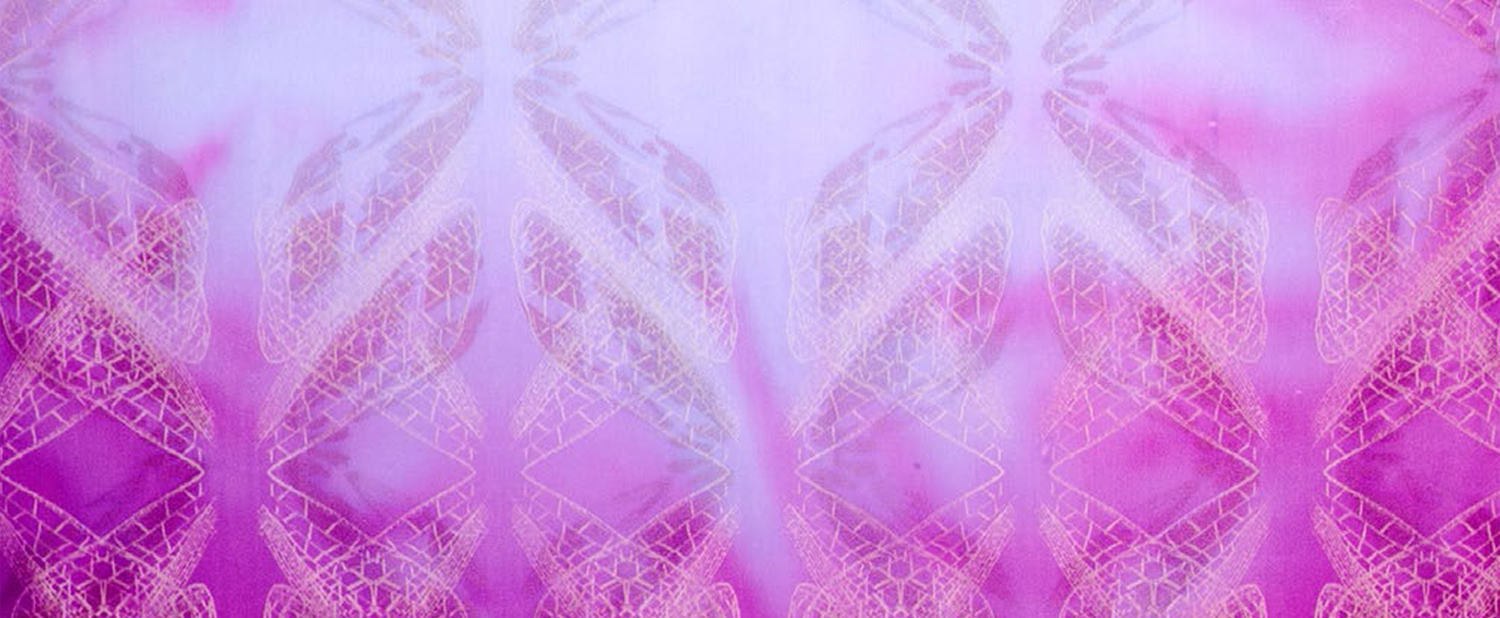
The doctoral theses ‘Thermochromic textiles and sunlight activating systems: an alternative means to induce colour change‘ investigates how the design process used by a textile printmaker practitioner requires further modification when the sun, uncontrollable by nature, is used to activate thermochromic leuco dyes, a dynamic surface variable. In the context of the use of the sun as the dynamic activator, the investigation is focussed on design applications of sun-screening textiles for both indoor and outdoor use.
The work has been divided into two categories: the use of solar technology as a direct heater and as an indirect heat source using photovoltaic solar cells to power heat circuitry. The research has resulted in a set of recommended guidelines for textile printmaker practitioners for use when working with textile designs to create dynamic effects with thermochromic dyes, moving light and shadow imageries, in some cases utilising heat circuits activated using photovoltaics.
The effect of the individual components of the design process is to allow creation of both dynamic imageries on the textile surface and ‘an extended imagery’, which at times may co-exist within two or three-dimensional space. This thesis, additionally, discusses the ability of the textile designer to achieve an intended aesthetic outcome, when working with an uncontrollable parameter, such as the sun, in comparison with the ‘traditional’ textile print design process.
Ledendal M. (2015) Thermochromic textiles and sunlight activating systems: an alternative means to induce colour change. Phd. thesis. Heriot-Watt University, School of Textiles and Design. Download


